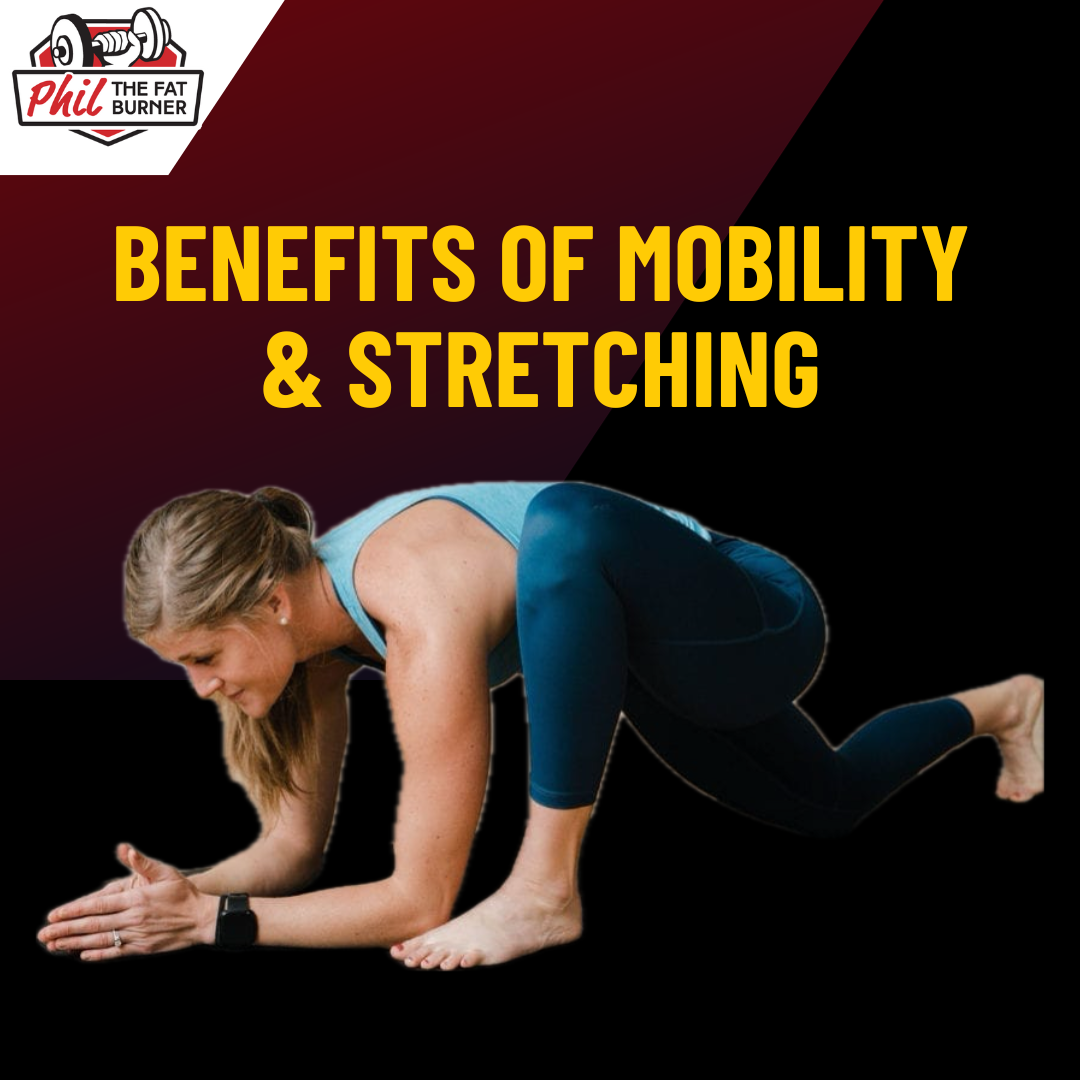In the realm of fitness and athletic performance, the importance of mobility is often overshadowed by the focus on strength and endurance. However, incorporating mobility exercises into your routine before diving into intense training sessions can bring about a myriad of benefits. In this article, we will explore the advantages of prioritizing mobility work before training, shedding light on how it can enhance performance, prevent injuries, and contribute to overall well-being.
1. Improved Range of Motion (ROM):
Mobility exercises, which involve dynamic stretches and joint movements, help to increase the range of motion in various joints. This is crucial for athletes and fitness enthusiasts alike, as an enhanced ROM allows for a more extensive and efficient movement pattern. By working through a full range of motion before training, individuals can optimize muscle engagement and coordination, setting the stage for more effective workouts.
2. Enhanced Muscle Activation:
Engaging in mobility exercises activates and primes the muscles for subsequent training. These exercises stimulate the nervous system, increasing the connection between the brain and muscles. As a result, when you move into your main workout, your muscles are more prepared to fire efficiently, leading to improved strength gains and better overall performance.
3. Injury Prevention:
One of the most significant advantages of incorporating mobility work is its role in injury prevention. By addressing muscle imbalances and improving joint flexibility, individuals can reduce the risk of strains, sprains, and other injuries during training. Adequate mobility also helps to correct poor movement patterns, promoting biomechanical efficiency and reducing the likelihood of overuse injuries in the long run.
4. Enhanced Circulation and Warm-up:
Mobility exercises not only increase blood flow to the muscles but also raise the overall body temperature. This serves as a natural warm-up, preparing the body for more intense physical activity. Improved circulation ensures that muscles receive an adequate supply of oxygen and nutrients, promoting better performance and faster recovery.
5. Mind-Body Connection:
Mobility work often involves a heightened focus on body awareness and control. Practicing mindful movements before training establishes a strong mind-body connection, improving coordination and proprioception. This increased awareness allows individuals to better control their movements during training, reducing the risk of injury and enhancing overall athletic performance.
Conclusion:
Incorporating mobility exercises into your pre-training routine is a small investment with significant returns. By dedicating time to enhance flexibility, joint function, and muscle activation, individuals can unlock their full physical potential. The benefits extend beyond the gym, contributing to improved overall well-being and longevity. So, before you hit the weights or embark on that intense workout, take the time to prioritise mobility – your body will thank you.

Leave A Comment